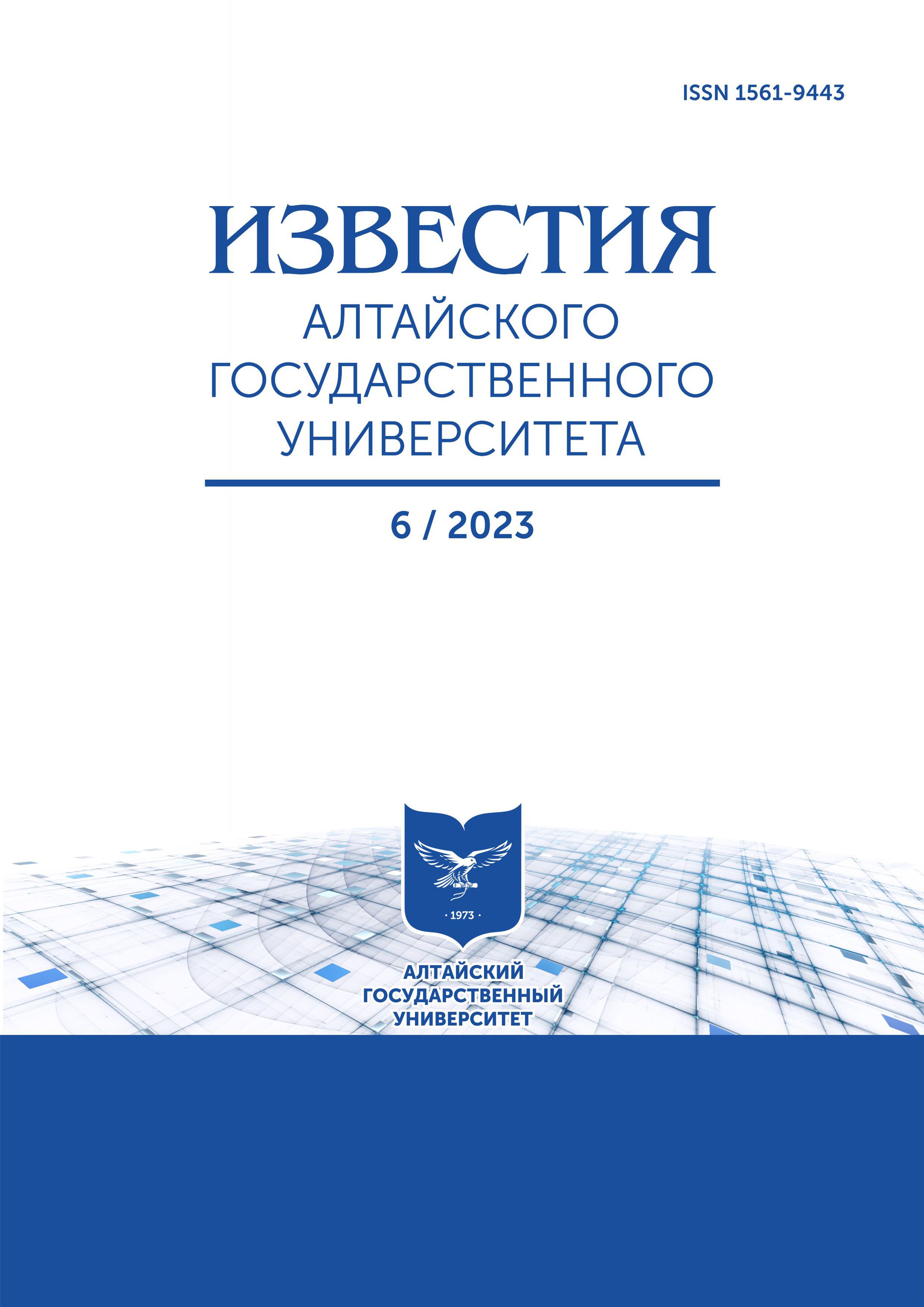Monuments of the Period of the Tuvan People's Republic and the Russian Self-Governing Labor Colony
УДК 902.2(571.52) ББК 63.48(2Рос.Тув)
Abstract
The article reveals the history of some cultural heritage sites (historical and cultural monuments) of the period of the Tuvan People's Republic (TPR), related to the activities of the Russian Self-Governing Labor Colony (Rus. Russkaya samoupravlyayushchayasya trudovaya koloniya, hereinafter — RSTK). The creation and existence of the RSTK itself is a unique phenomenon in world history and in particular, Russian-Tuvan relations, both in the political and cultural fields. The role of the RSTK in the formation of these spheres in the TPR is shown through the prism of history, the creation of monuments-buildings that are under state protection. In Tuva, unlike other regions of Russia, unfortunately, the issues of the history of the design and construction of buildings in the first quarter of the twentieth century were practically not considered. Historical buildings of the TPR period are mentioned in scientific articles in connection with certain historical events of the formation of the first state of the Tuvan people. The article introduces new archival materials into scientific circulation that relate to the history of their construction.
Historical and cultural monuments are the material heritage left by our predecessors that reflect the level of cultural, socio-political development of a particular people, and for the Tuvan people, a representative of a nomadic civilization, to preserve monuments-buildings reflecting the history of their first independent state is the most important issue.
Downloads
Metrics
References
Аранчын Ю.Л. РСТК и ТНР // Великий Октябрь и проблемы новейшей истории Тувы. Кызыл, 1977.
Моллеров Н.М. Райбюро РКП (б) — ВКП (б) — проводник политики партии советской зарубежной колонии в Туве (1921-1944 гг.) // Азиатские исследования: история и современность. 2022. № 3.
Моллеров Н.М. Очаги социалистической культуры РСТК в ТНР (1922-1932 гг.). // Культура тувинцев: традиции и современность. 1988.
Дацышен В. Г. Русская самоуправляющаяся трудовая колония в Тувинской Народной Республике как уникальный опыт российского регионализма // Новые исследования Тувы. 2016. № 3.
Кужугет А. К. Проблемы сохранения архитектурного облика старого Кызыла // Новые исследования Тувы. 2012. № 4.
Дыртык-оол А.О. Музейное строительство Тувы в составе Российской Федерации. Кызыл, 2009.
О мерах охраны памятников истории и культуры Тувинской АССР : Постановление Совета Министров Тувинской АССР от 5 апреля 1977 г. № 152 / Текущее делопроизводство Управления по охране объектов культурного наследия Службы по лицензированию Республики Тыва.
Паспорт объекта культурного наследия 3.2. — 1.67.1. Текущее делопроизводство Управления по охране объектов культурного наследия Службы по лицензированию Республики Тыва.
История Тувы: в 3 т. Т. II / под общ. ред. В.А. Ламина. Новосибирск, 2007.
Национальный архив Республики Тыва (НАРТ). Ф. 227. Оп.1. Д. 2. Л. 8.
НАРТ. Ф. 227. Оп.1. Д. 29. Л. 5.
НАРТ. Ф. 227. Оп. 1.. Д. 4. Л. 30.
НАРТ. Ф. 100. Оп.1. Д. 279. Л. 1.
НАРТ. Ф.100. Оп. 1. Д. 282. Л. 15.
Copyright (c) 2023 Омак Николаевич Ондар

This work is licensed under a Creative Commons Attribution 4.0 International License.
Izvestiya of Altai State University is a golden publisher, as we allow self-archiving, but most importantly we are fully transparent about your rights.
Authors may present and discuss their findings ahead of publication: at biological or scientific conferences, on preprint servers, in public databases, and in blogs, wikis, tweets, and other informal communication channels.
Izvestiya of Altai State University allows authors to deposit manuscripts (currently under review or those for intended submission to Izvestiya of Altai State University) in non-commercial, pre-print servers such as ArXiv.
Authors who publish with this journal agree to the following terms:
- Authors retain copyright and grant the journal right of first publication with the work simultaneously licensed under a Creative Commons Attribution License (CC BY 4.0) that allows others to share the work with an acknowledgement of the work's authorship and initial publication in this journal.
- Authors are able to enter into separate, additional contractual arrangements for the non-exclusive distribution of the journal's published version of the work (e.g., post it to an institutional repository or publish it in a book), with an acknowledgement of its initial publication in this journal.
- Authors are permitted and encouraged to post their work online (e.g., in institutional repositories or on their website) prior to and during the submission process, as it can lead to productive exchanges, as well as earlier and greater citation of published work (See The Effect of Open Access).








